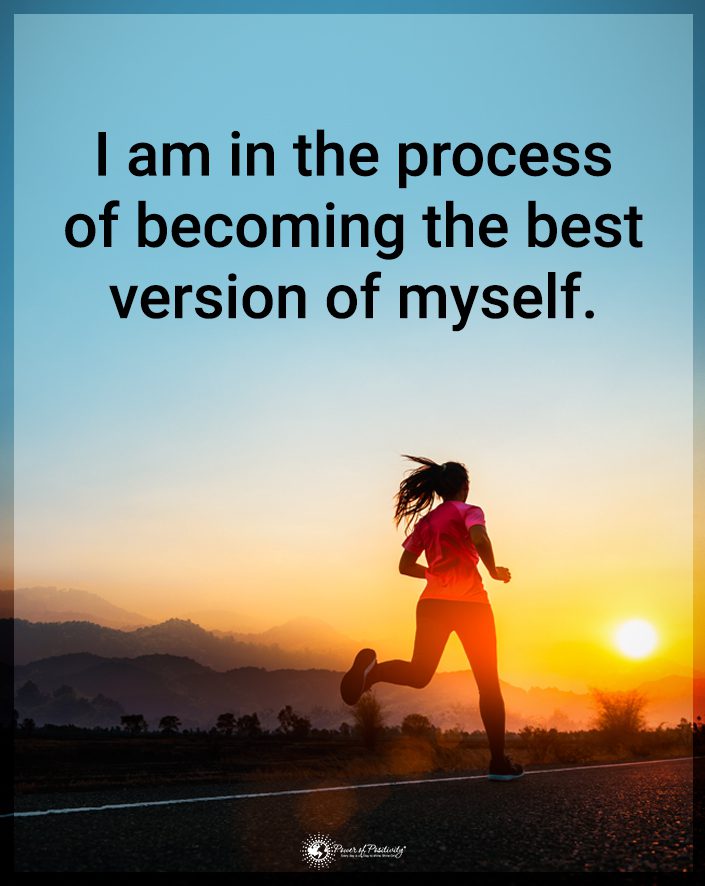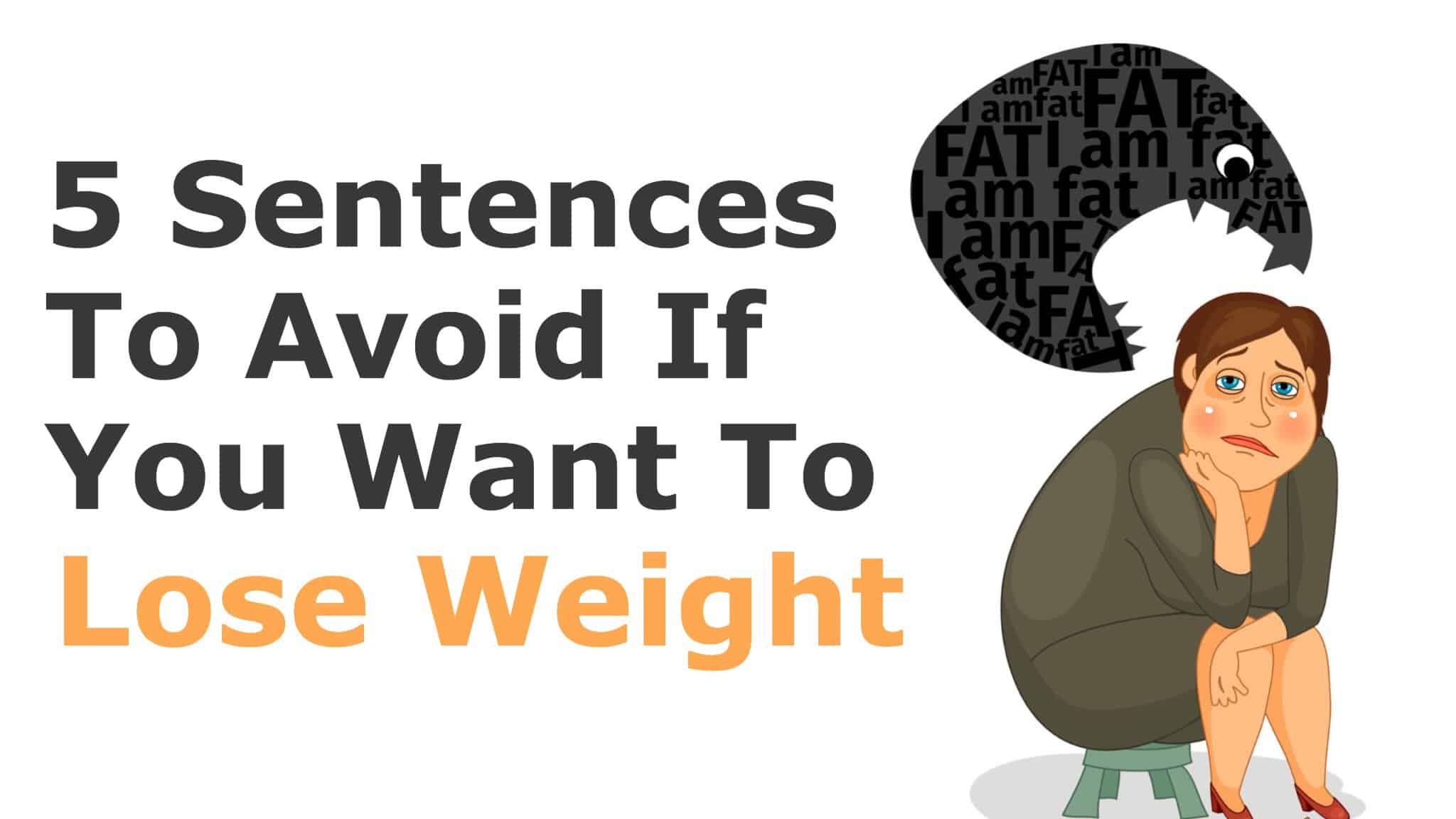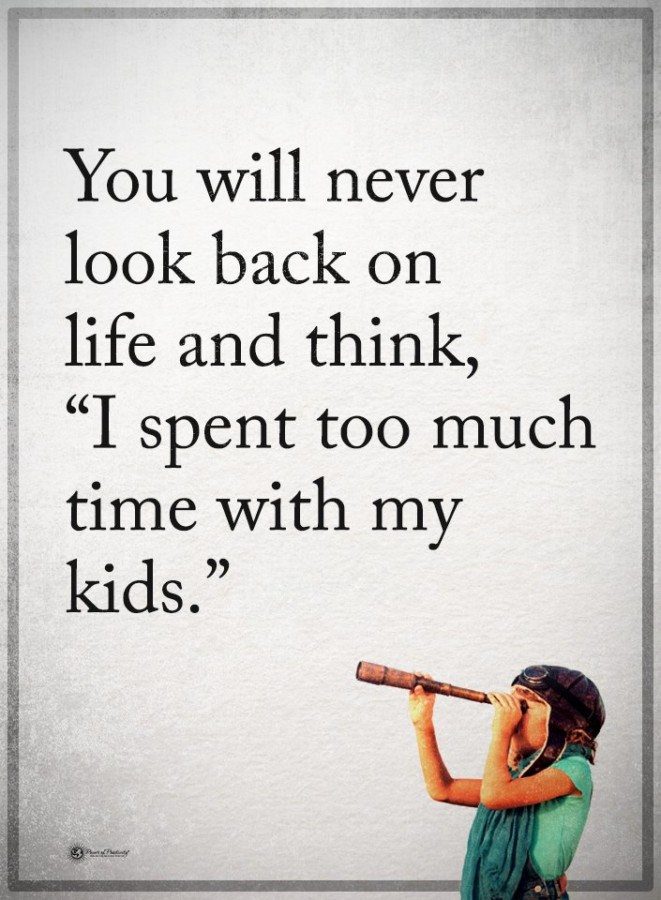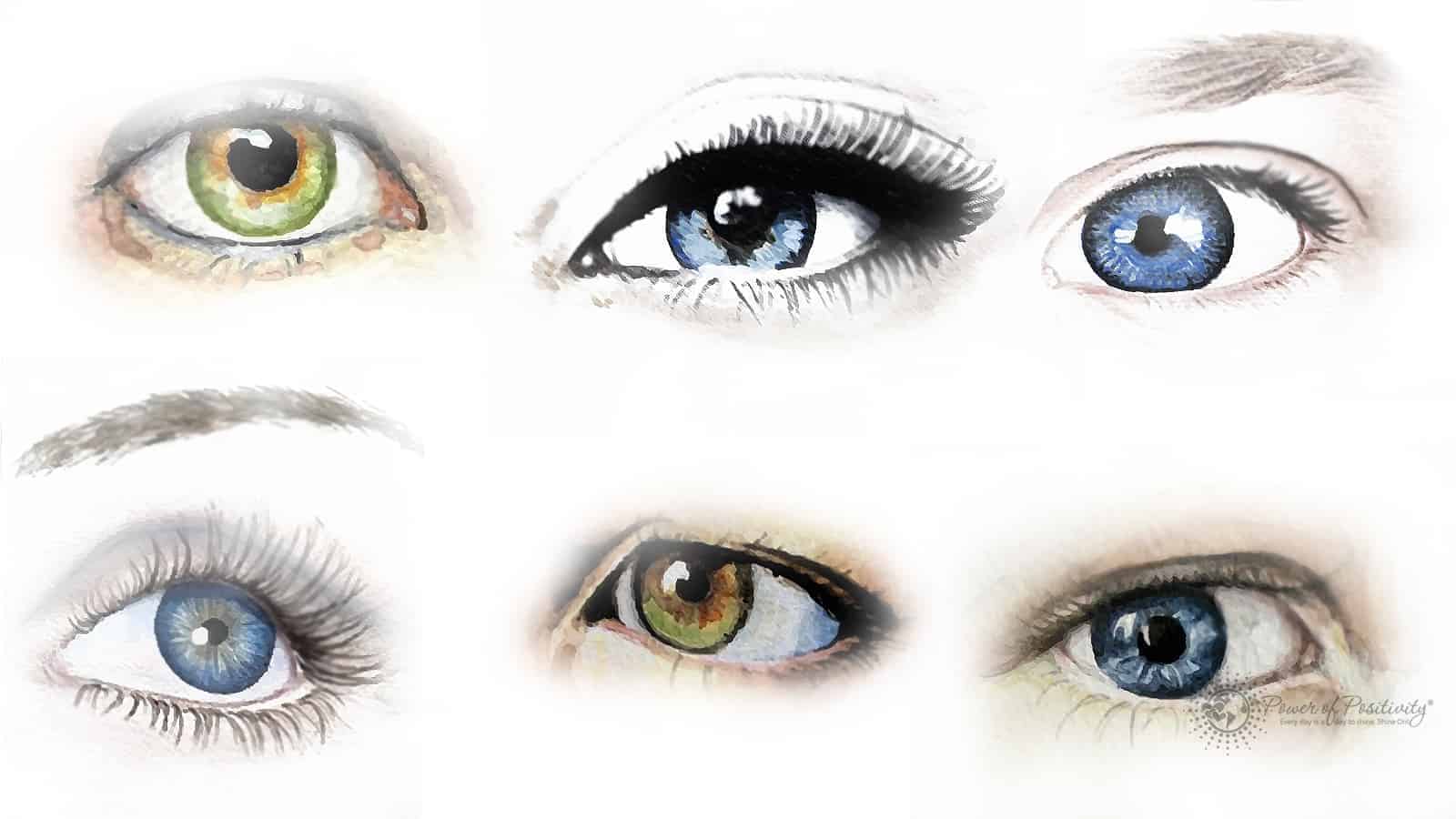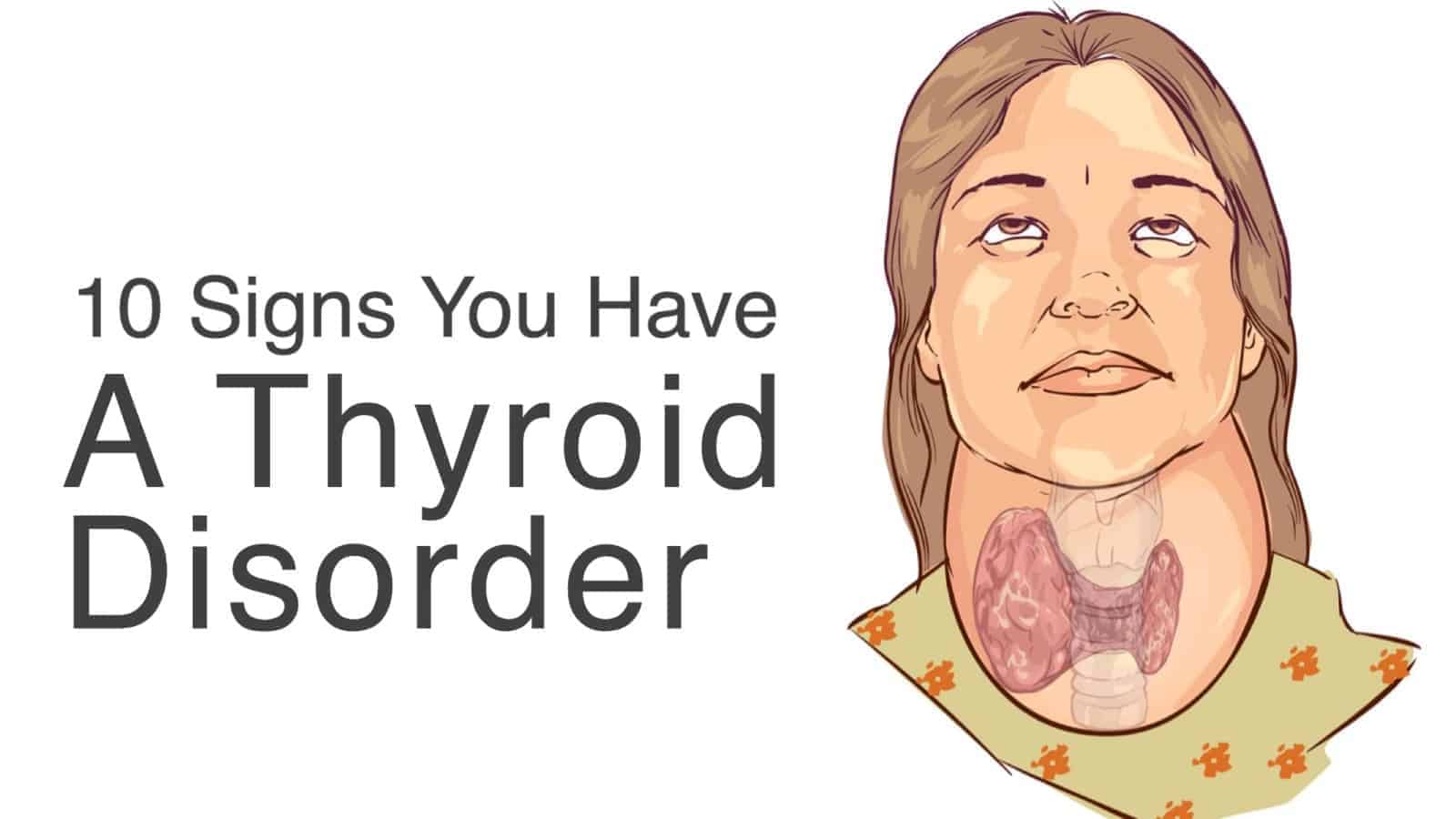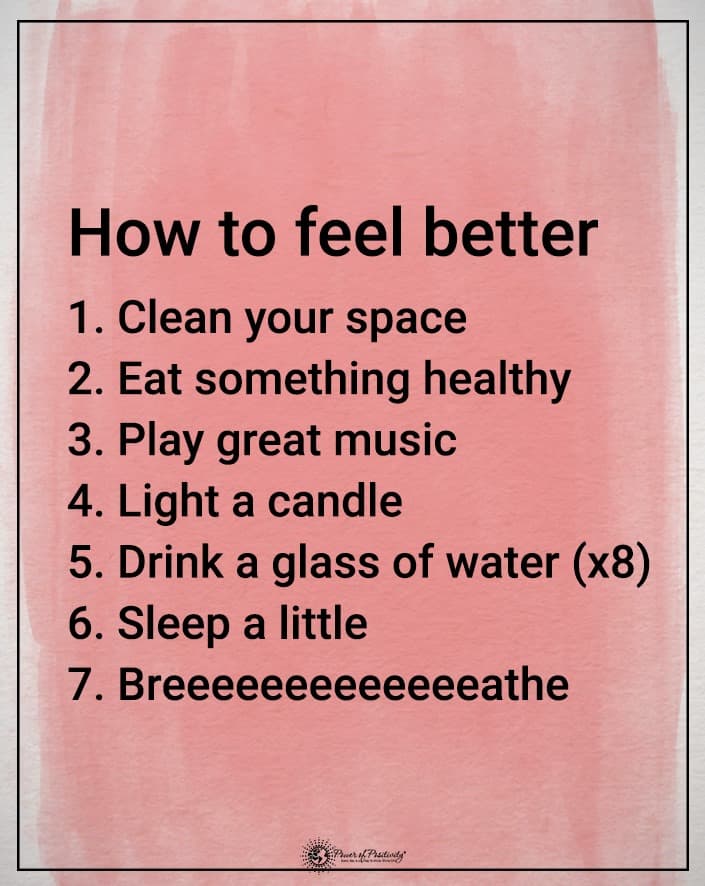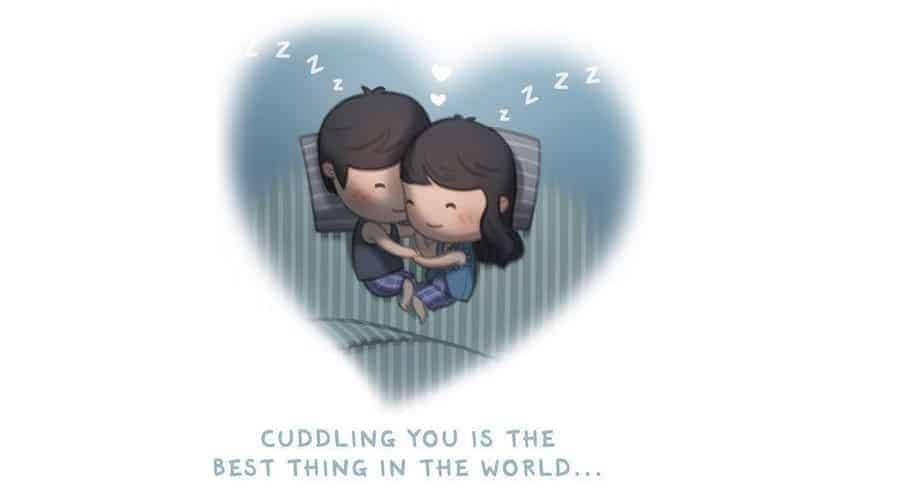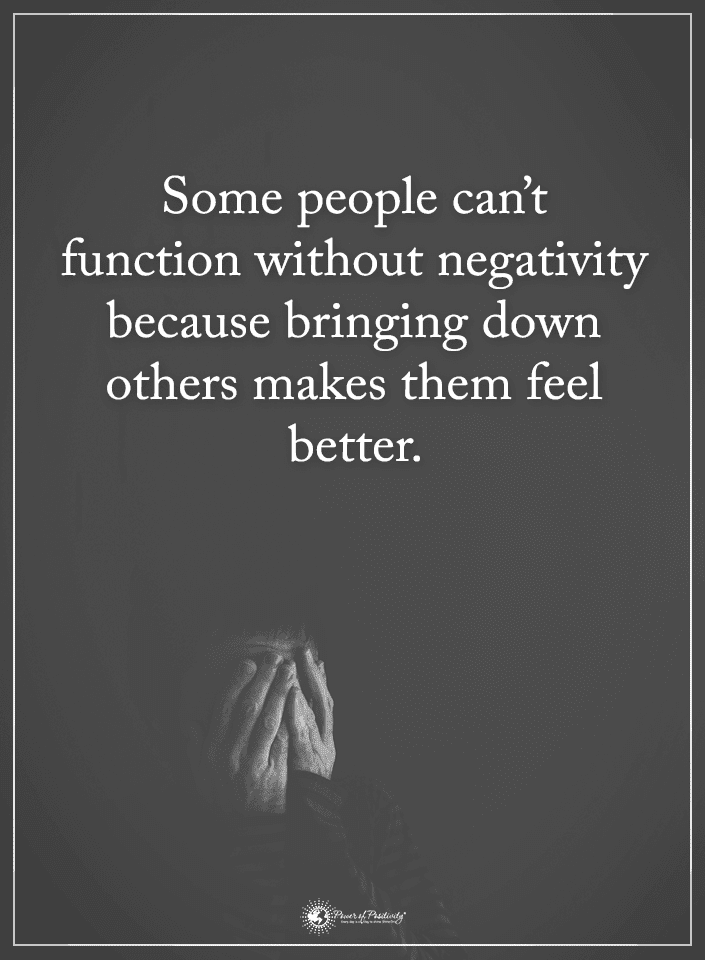Right now, it seems that HIIT workouts have hit a peak in popularity, and for good reason. Aside from the time saved on the actual workout, HIIT workouts burn fat quickly and have plenty of health benefits. Studies have shown that HIIT workouts can improve metabolism, cardiovascular health, endurance, and markers for type 2 diabetes, as well as reduce overall body fat. Some studies have even found that people can show improvement in as little as two weeks. Of course, a workout that produces these kinds of results won’t prove easy – but it will definitely be worth it!
Today, we bring you a “body furnace” workout that will have you dripping in sweat and burning up calories before you know it.
Here’s are 8 great exercises that can melt fat all over your body:
1. Squat Jumps
For this exercise, you won’t need any dumbbells. Simply stand with your feet shoulder-width apart, and arms at your sides or on your hips. Then, lower your body down into a squat, but make sure you keep your torso upright and buttocks sticking out behind you. When you get to the bottom of the squat, jump up as high as you can, and then lower your body back down into a squat. Do this for 3 sets of 60 second reps.
2. Crunches
No HIIT workout would be complete without working your abs! This one is super simple. Just lie flat on your back with your hands flat beside you or behind your head. Bring your torso up while simultaneously raising your legs to perform the crunch. Make sure you don’t pull on your head or neck. Hold the position for 2-3 seconds and then release. Do 3 sets of 40 second reps.
3. Jackknife to Melt the Fat
This exercise for your abs is basically a crunch except that your arms and legs are straight out behind and in front of you. Lie flat on your back with your arms and legs outstretched. Then, bring your arms and torso up while simultaneously raising your legs. You can bend your knees slightly, but try to keep them as straight as possible. Touch your hands to your feet, and then release. Do this exercise for 3 sets of 30 seconds.
4. Squat With Lateral Leg Raise
Alright, enough with the abs; now back to legs! For this, you can choose to use dumbbells or just your body weight. If you use dumbbells, hold them above your shoulders and bring your body into a squat position. Squeeze your glutes and hamstrings, and when you’re almost standing again, lift your right leg to your size while still squeezing your glutes and core. Hold your leg up for a couple seconds, and then lower it down again. Repeat on each side for 3 sets of 30 seconds.
5. Glute Bridge
This exercise is also really simple. All you need to do is lie flat on your back with your knees bent and heels on the floor. Keep your arms out beside you or behind your head. Squeeze your glutes and lift your hips off the ground until your knees, hips and shoulders are parallel to the floor. Hold this for 2-3 seconds, then release. Once again, do 3 sets of 30 seconds.
6. Donkey Kicks
Get down on all fours with your hands under your shoulders and knees under your hips. Squeeze your glutes and kick one leg backwards and upwards with your knee bent, squeezing at the top of the exercise for 2-3 seconds. Return this leg slowly into starting position. Repeat for the other side, and do 3 sets of 45 seconds this time.
7. Swimmers–Reduce Fat All Over the Body
This is a great whole body workout! Lie flat on your tummy with your arms and legs outstretched. Keep your palms facing down and a few inches above the ground. Then, reach both legs off the ground and bring your torso up slightly. You’re mimicking a swimming motion. Lift your alternate arm and leg into the air, and squeeze all the muscles in your body. Repeat on the other side and do 3 sets of 30 seconds.
8. Plank Rotations–Decrease Gut Fat
This is a hard exercise, so if you’re a beginner, you might want to modify it by coming down on your knees. To begin, start off in a push-up position. Then, tighten your abs and shift your weight onto your right arm. Lift your left arm and rotate it until it’s pointing straight up. Hold for 2-3 seconds. Slowly come back to starting position and switch to the other side. Do this for 3 sets of 20 seconds per side.
(C)Power of Positivity, LLC. All rights reserved
Sources:
https://transformfitspo.com/cardio-furnace-rapid-workout-melt-full-body-fat-get-ready-insane-results/
https://www.ncbi.nlm.nih.gov/pmc/articles/PMC2991639/
https://www.sciencenews.org/blog/scicurious/high-intensity-interval-training-has-great-gains-%E2%80%94-and-pain

